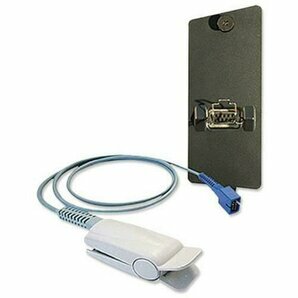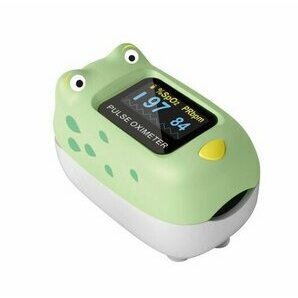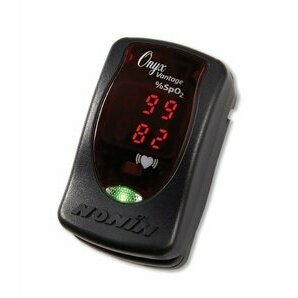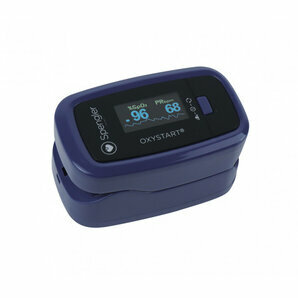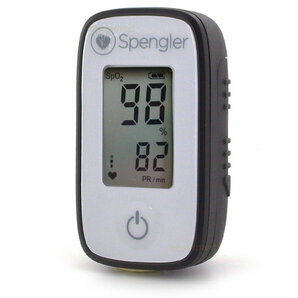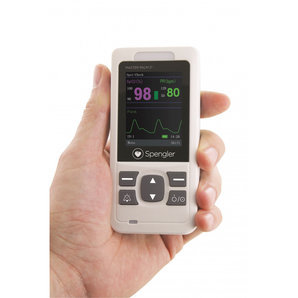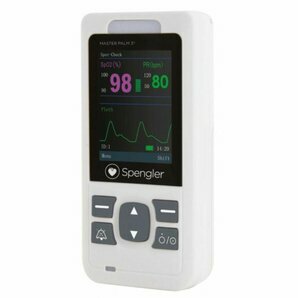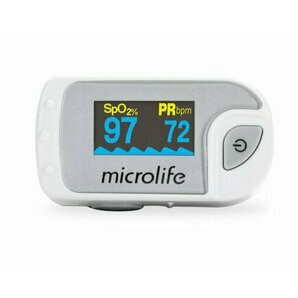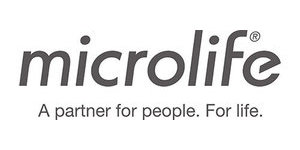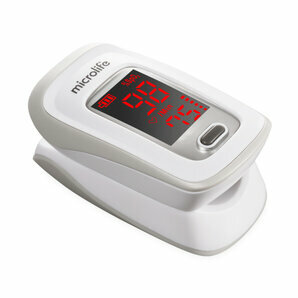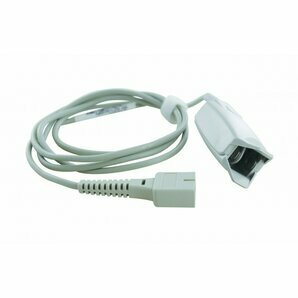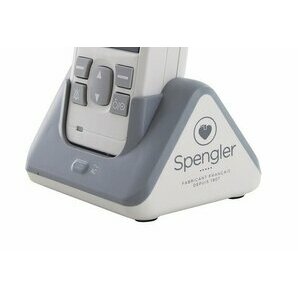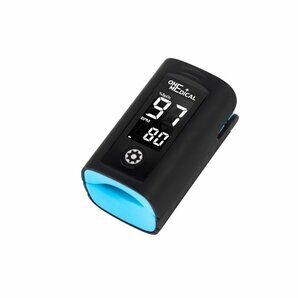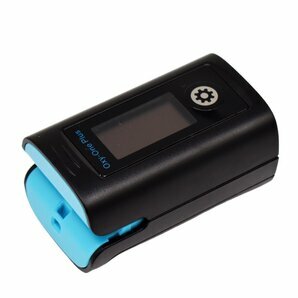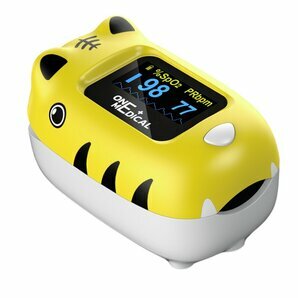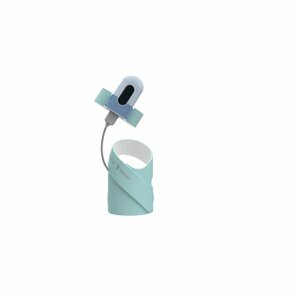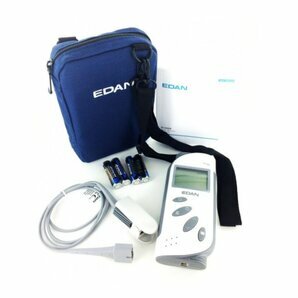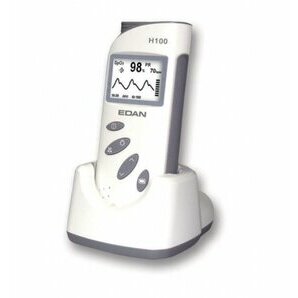Pulse oximeters Saturometers
The pulse oximeter or saturometer is a compact medical device that measures heart rate and the amount of oxygen in the blood. Painless and non-invasive, the device offers monitoring without the need for an injection or blood sample. It is used by medical personnel in various medical fields as well as by individuals with respiratory diseases to do a self-monitoring at home under the supervision of a physician. The standard clamp is intended for adults, but some models may have clamps suitable for children and newborns.
What is pulse oxygen saturation ?
Pulse oxygen saturation is the amount of oxygen in the blood in the red blood cells.
In principle, a normal saturation for a healthy person is between 95% and 100%. People with a value below this level are at risk of complications due to lack of oxygenation of the tissues, or even death if the condition is prolonged.
Measuring saturation therefore allows a patient's respiratory function to be monitored and assessed.
How does a pulse oximeter work ?
The professional pulse oximeter consists mainly of a sensor placed at the level of a clamp for the most advanced models. It may also have a monitor and a cable. Often placed at the fingertips, the clamp can also be used on the toes or earlobes.
The sensor consists of diodes emitting wavelengths in the red (600-750 nm wavelength) and infrared (850-1000 nm wavelength) and photoreceptors capture the light after it has passed through the part of the body used for measurement.
The haemoglobin in red blood cells absorbs the light beams sent differently. Oxygenated haemoglobin absorbs infrared light to a greater extent, whereas low-oxygen haemoglobin absorbs red light better.
Using this property, it is possible to deduce the oxygen saturation level.
How do I read the results of a pulse oximeter ?
The display of the device often shows two data :
- SpO2 : the oxygen saturation translated into percentage (the normal value should be ≥ 95%).
- The pulse : this is the value quantifying the heart rate.
If the rates are abnormal, symptoms such as immense fatigue, headaches or respiratory disorders could appear. In this case, it is absolutely necessary to consult a doctor.
Types of pulse oximeters :
There are generally two types of devices :
- Separate sensor pulse oximeter : The device is separate from the sensor and is connected to it by a cable. The standard sensor can be easily disconnected to fit a child-friendly clip, for example. These versatile devices are mainly used in clinics or hospitals.
- Clamp-on pulse oximeter : Small, easy to carry and cable-free, this type of pulse oximeter is ideal for consumer use and is often used in the emergency services. The display is integrated on the clamp. The sensor is standard and will not fit on children's fingers or earlobes.
Factors that can distort measurement results :
Several factors can alter the measurement of oxygen saturation: movements, bad placement of the finger at the sensor, nail polish, external light directed on the sensor, etc...
It is therefore necessary to follow the instructions for use to obtain the most accurate measurement possible.
Selection of oximeters Cardio Depot :
On our Cardio Depot site, you will find a selection of oximeters and saturometers from major brands : Nonin, Spengler, Microlife or Gima.
Our catalogue includes oximeters with integrated or separate sensors for adults or children. Robust and shock resistant devices. Some models feature OLED screens with multiple display modes and adjustable brightness levels. Other models also allow results to be displayed on laptop or tablet screen using Bluetooth technology. Some professional models come with software that allows them to transfer data to a computer, display data and print reports.
The devices offered have a one or two year warranty depending on the manufacturer.
 United Kingdom EN (GBP)
United Kingdom EN (GBP)
 France FR (EUR)
France FR (EUR) Belgique FR (EUR)
Belgique FR (EUR) Suisse FR (CHF)
Suisse FR (CHF) Deutchland DE (EUR)
Deutchland DE (EUR) Österreich DE (EUR)
Österreich DE (EUR) España ES (EUR)
España ES (EUR) Italia IT (EUR)
Italia IT (EUR) Europe EN (EUR)
Europe EN (EUR)
